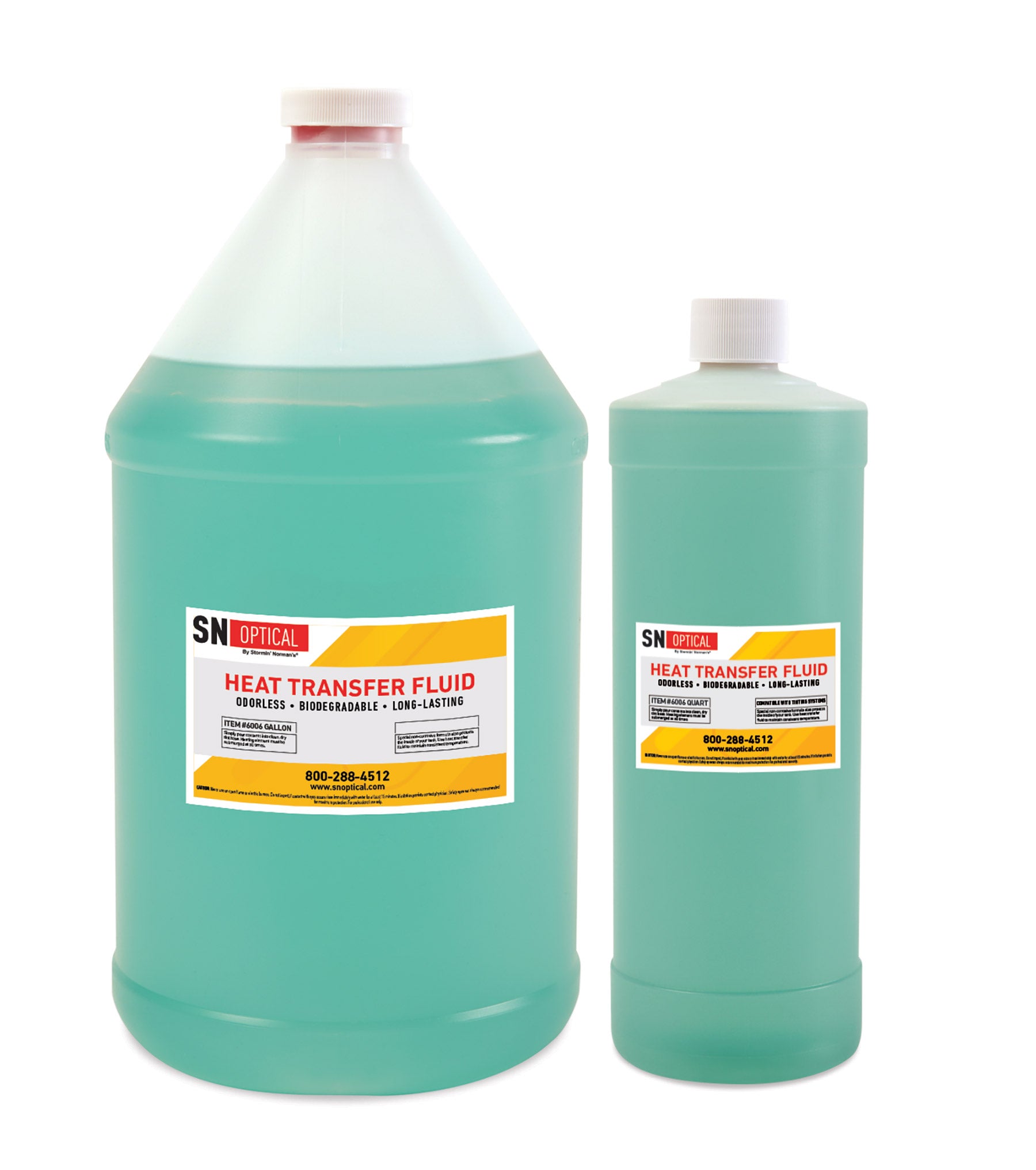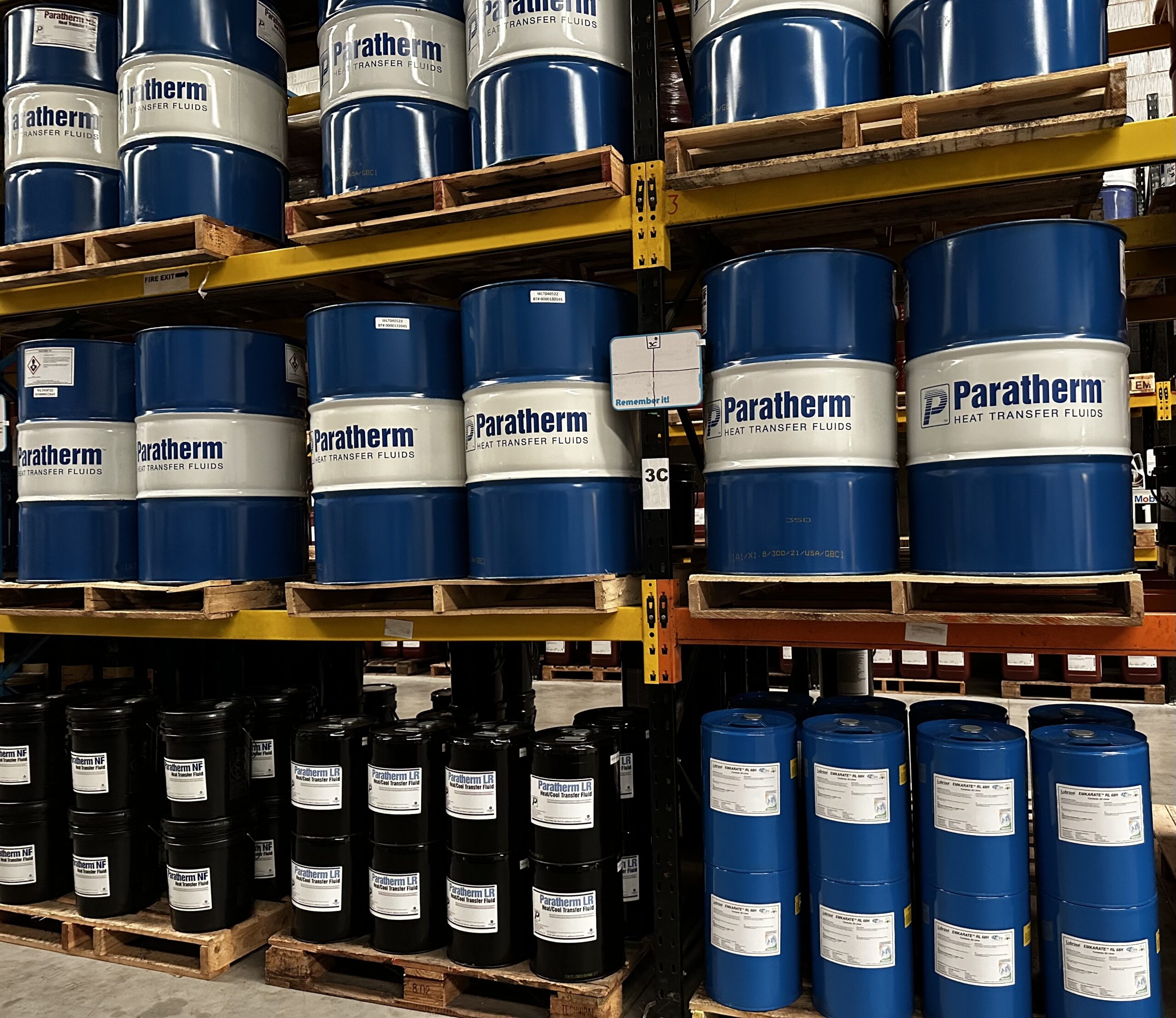Heat Transfer Fluid: Important for Optimizing Industrial Heating & Cooling Equipments
The Function of Warmth Transfer Fluid in Enhancing System Efficiency and Safety
In the ever-evolving landscape of commercial processes, heat transfer fluids (HTFs) become crucial elements in maximizing both system performance and security. These specialized liquids, known for their remarkable thermal conductivity and regulated thickness, enable efficient warm exchange, which is essential for structured procedures. However, the effect of HTFs prolongs past mere effectiveness; their intrinsic thermal security and low flammability dramatically add to take the chance of mitigation. As sectors face the need for high-performance and safe operations, comprehending the nuanced duty of HTFs comes to be crucial. What precisely makes HTFs so necessary in today's commercial structures?
Understanding Warm Transfer Liquids
Warm transfer fluids, frequently considered the lifeline of thermal management systems, play a pivotal duty in controling temperature across various industrial applications. These liquids are important in procedures where warm must be either soaked up or dissipated to preserve optimum operating conditions. Industries such as chemical handling, power generation, and manufacturing count on warm transfer liquids to make sure equipment runs efficiently and securely. By assisting in the transfer of thermal power, these liquids help in protecting against getting too hot, thus extending the lifespan of equipment and minimizing downtime.
The choice of an ideal heat transfer liquid is crucial to the success of a thermal administration system. Comprehending the nature and function of these fluids entails recognizing their capability to soak up, transportation, and release heat efficiently. Warmth transfer liquids can be broadly categorized into different types, consisting of water-based, glycol-based, and artificial oils, each with its details applications and advantages. The option of liquid relies on variables such as temperature range, thermal stability, and compatibility with system materials. In summary, a detailed understanding of warmth transfer liquids is vital for maximizing system performance, making certain operational safety, and accomplishing economical thermal administration remedies.
Secret Residence of HTFs

The particular warmth capability of an HTF marks the amount of heat power required to transform its temperature level, influencing exactly how successfully the system can react to temperature variations. The boiling and freezing factors of HTFs likewise play an essential role, specifically in systems exposed to severe temperatures, guaranteeing liquid stability and stopping stage adjustments during procedure. In addition, the chemical stability of HTFs under differing thermal problems is important to prevent deterioration and expand fluid life. Lastly, compatibility with system products is essential to avoid corrosion and material deterioration, guaranteeing lasting functional reliability. These residential properties jointly inform the selection of an appropriate HTF for certain commercial applications.
Enhancing System Efficiency
To enhance system efficiency with warmth transfer liquids (HTFs), it is necessary to incorporate a thorough strategy that takes into consideration both liquid buildings and system layout. The option of a proper HTF is essential, as its thermal conductivity, thickness, and specific heat ability straight impact the effectiveness of heat exchange. High thermal conductivity guarantees rapid warmth transfer, while optimum viscosity promotes smooth flow through the system, minimizing power usage. Furthermore, a high specific warmth capability allows the liquid to shop and transfer even more thermal energy, enhancing total system performance.
Equally crucial is the style of the warm transfer system itself. Designers need to ensure that elements such as heat exchangers, pumps, and piping are created to complement the residential properties of the chosen HTF. For circumstances, the area and product of heat exchangers must be optimized to make best use of warm transfer performance. Additionally, the assimilation of advanced innovations, such as variable rate pumps and wise surveillance systems, can considerably enhance the responsiveness and flexibility of the system to changing operational conditions.
Boosting Operational Security
Making sure functional safety and security in heat transfer systems requires check out here a thorough emphasis on both the residential or commercial properties of warmth transfer liquids (HTFs) and the design and upkeep of the whole system. HTFs have to have thermal security, reduced flammability, and appropriate thickness to decrease threats such as leakages, fires, and system breakdowns. Choosing the best HTF is important as it identifies the system's ability to handle temperature variations without endangering security.
The style of the system ought to incorporate redundancies and fail-safes to manage possible dangers effectively. This includes the assimilation of safety and security valves, pressure alleviation gadgets, and temperature surveillance systems to detect and resolve abnormalities quickly. Normal upkeep is crucial to guarantee that all components, consisting of pumps, pipes, and seals, are functioning properly and are without wear or deterioration, which might result in unsafe leaks or failings.
Moreover, personnel in charge of the operation and upkeep of heat transfer systems have to be effectively trained in safety and security methods and emergency feedback procedures. Regular training programs and safety drills can significantly minimize linked here the likelihood of mishaps, ensuring a much safer working environment. Eventually, a thorough method to safety and security-- encompassing liquid option, system design, and labor force training-- is indispensable for ideal functional security.
Market Applications of HTFs
Extensively utilized across different fields, warmth transfer liquids (HTFs) play an essential role in improving the effectiveness and integrity of thermal management systems. In the chemical industry, HTFs are important for keeping specific temperatures during reactions, making sure item consistency and quality. They assist in warm exchange procedures in activators, condensers, and warmth exchangers, thereby optimizing energy use and reducing waste.
In the oil and gas industry, HTFs are utilized in both upstream and downstream procedures. They manage temperature in pop over to these guys drilling operations and improve efficiency in refining processes by providing stable thermal conditions. This results in reduced downtime and enhanced safety and security, specifically in critical procedures such as purification and fracturing.
The renewable resource market likewise benefits considerably from HTFs, especially in concentrated solar power (CSP) plants. Below, HTFs move caught solar energy to power turbines, allowing efficient electrical energy generation. The pharmaceutical sector counts on HTFs for precise temperature control in both synthesis and storage, guaranteeing product efficiency and security.


Additionally, the food and drink market utilizes HTFs for pasteurization, sanitation, and food preparation procedures, improving both product security and production efficiency. Throughout these markets, HTFs function as crucial elements in maintaining optimum operational efficiency and safety.
Verdict
Warm transfer liquids are necessary in improving commercial system performance and security by offering high thermal conductivity, optimum viscosity, and thermal security. Correct choice and upkeep of HTFs enhance warm exchange efficiency, consequently boosting functional effectiveness. The low flammability of these liquids is important for lessening risks and making sure safe operations. Comprehensive workers training and regular maintenance better support the dependability and performance of industrial processes, strengthening the critical role of HTFs in diverse applications.